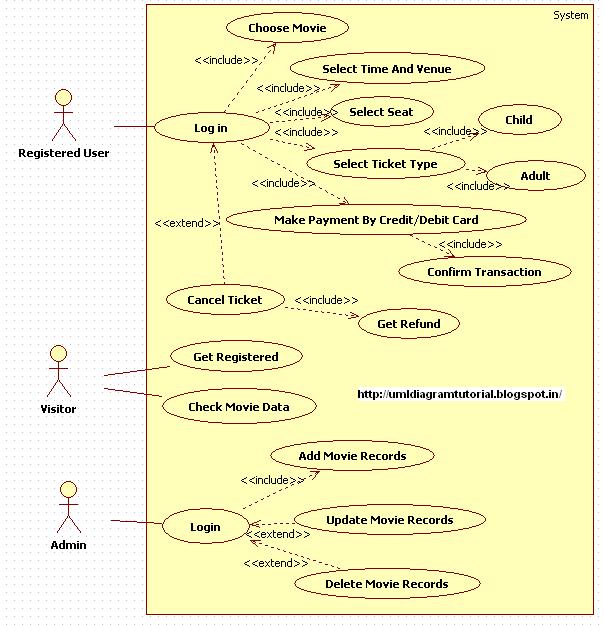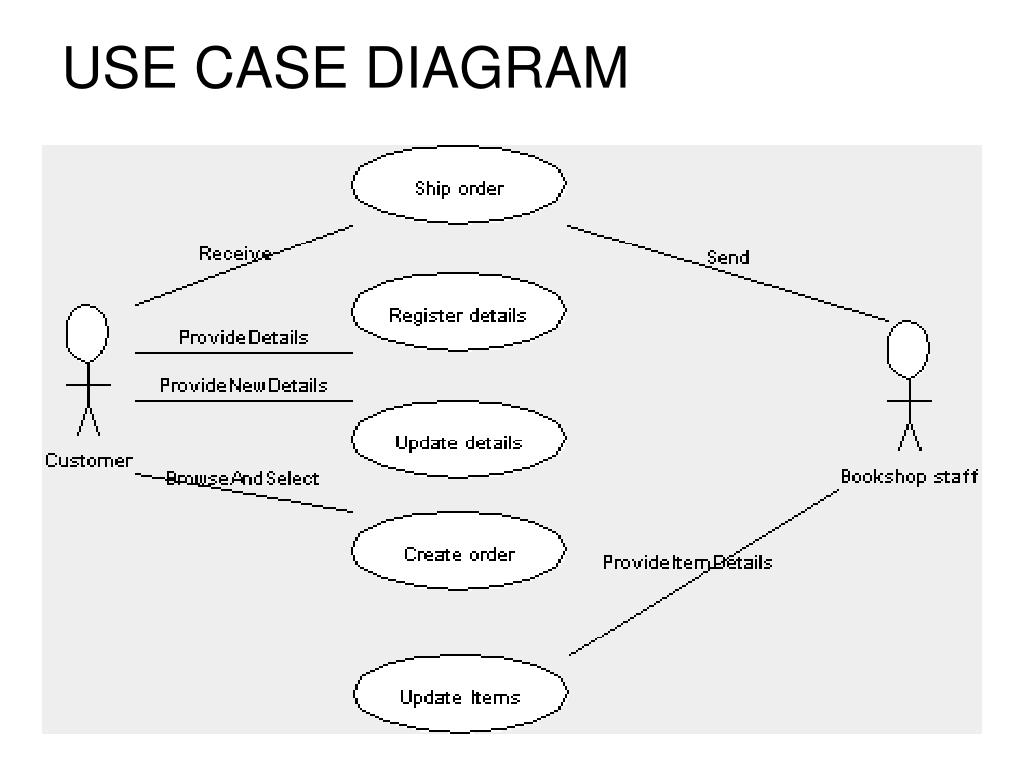

LDAP enables organizations to store, manage, and secure information about the organization, its users, and assets. She is a content strategist who helps SaaS and tech brands build topic clusters and execute their content strategy.Īs corporations grow, the need to organize user data and assets into a hierarchical structure becomes critical to simplify storage access of those assets. If you set the multiplicity for an association, set it on the From end and To end tabs of the properties window.The following is a contributed post from Chima Mmeje.

In multiplicity, type the desired value(s) for the multiplicity.For an attribute or operation, the window is opened directly after clicking the element. In the diagram, click the element, and then click to open the properties window.Setting the multiplicity via the properties pop-up window Removing the values will reset the multiplicity to the default of 1. Entering a single value implies the lower and upper value are the same (except for entering a single *). If you add two values, make sure you leave the two dots in between. Do the same for the other side, if needed. Click the multiplicity on one side of the association, and type the desired value(s).Setting the multiplicity directly in the diagram New attributes and operations have a default multiplicity of 1. When drawing an association, its multiplicity is automatically set to 0.1, which is not the UML default multiplicity. For attributes and operations, the multiplicity can only be set via their properties pop-up window.

The multiplicity of an association can be set directly in the diagram, or via the properties pop-up window of the association. In the diagram, an exact number of objects is displayed as a single number.Įxample: the interval 2.2 is displayed as 2 in the diagram.Īt least m objects but no more than n objects.Įxample: 3.8 is at least three and at the most 8 objects. This is the default multiplicity of an association according to UML.Įxample: 0.0 is no object, 3.3 is exactly three objects.


 0 kommentar(er)
0 kommentar(er)
